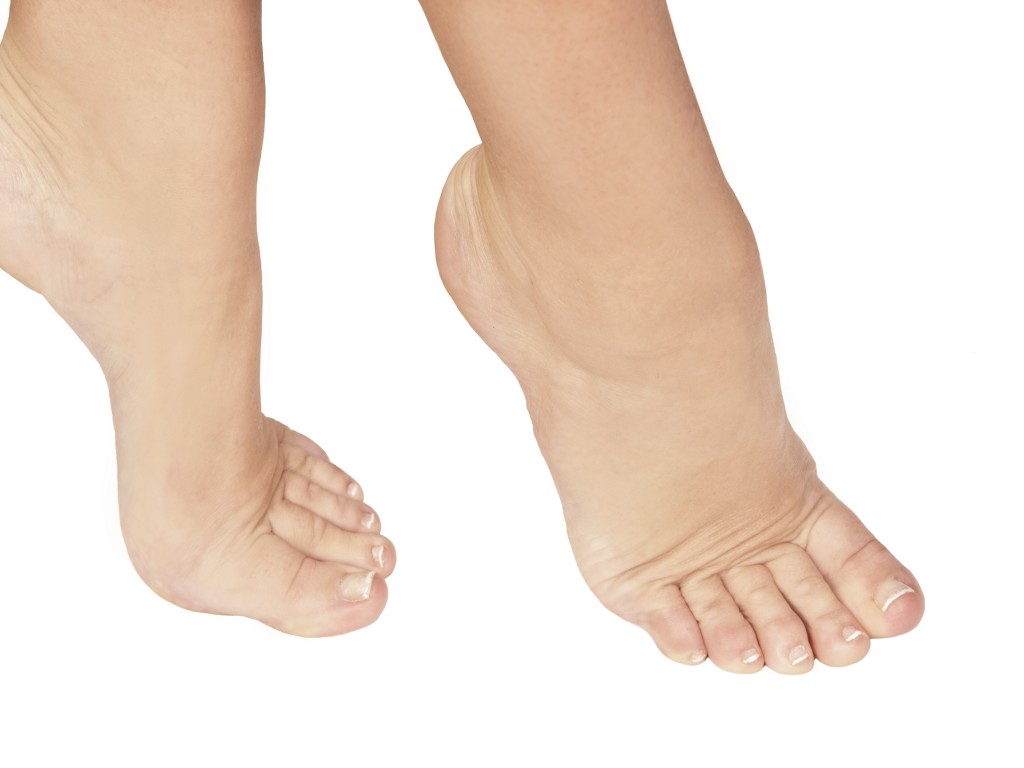As the temperatures continue to drop… it’s time to transition into our winter shoes and boots to avoid winter foot problems. People who are more susceptible to winter foot issues are people who have diabetes, neuropathy or poor circulation. These frigid conditions can make it difficult for their body to respond in the appropriate manner and it can make it harder for them to feel that their feet are cold which can lead to tissue damage.

Chilblains is a common problem in cold damp areas like the Pacific Northwest. Chilblains is classified as painful small, red, itchy bumps that can occur on your toes or areas of pressure on your feet such as bunions, corns or calluses. Chilblains are lesions caused when the skin is exposed to the cold temperatures for long periods which causes the small blood vessels in your skin to decrease in size. If the skin is warmed up too quickly, the blood vessels enlarge and become “leaky” allowing blood to escape into the skin. This causes the redness, swelling, blistering and pain associated with Chilblains.
Another condition during the winter months is the notorious frost bite. Frost bite occurs when tissues are in freezing temperature for prolonged periods. This occurs because the sustained cold temperatures causes the small blood vessels in the skin to clamp down thus preventing blood flow to the tissues. Lack of blood flow to the tissues leads to tissue damage and tissue death. There are several degrees of frost bite determined by the extent of the tissue damage that has occurred. Some cases of frost bite are reversible while other are not.
These conditions above can be resolved if treated properly. If you experience the above conditions we can help you here at Mill Creek Foot and Ankle clinic. During your appointment we can evaluate the extent of your condition and offer prescriptions that can help heal and relieve the pain. We can also advise you on proper foot care, shoe wear and offer tips on how to prevent similar issues in the future as the skin has become more vulnerable for a 2nd freeze which can lead to other complications. If no treatment is rendered there is concern for the development of ulcerations (open wounds) and secondary bacterial infections.
Treat your feet to warm insulated shoes this winter and prevent winter toe woes.


